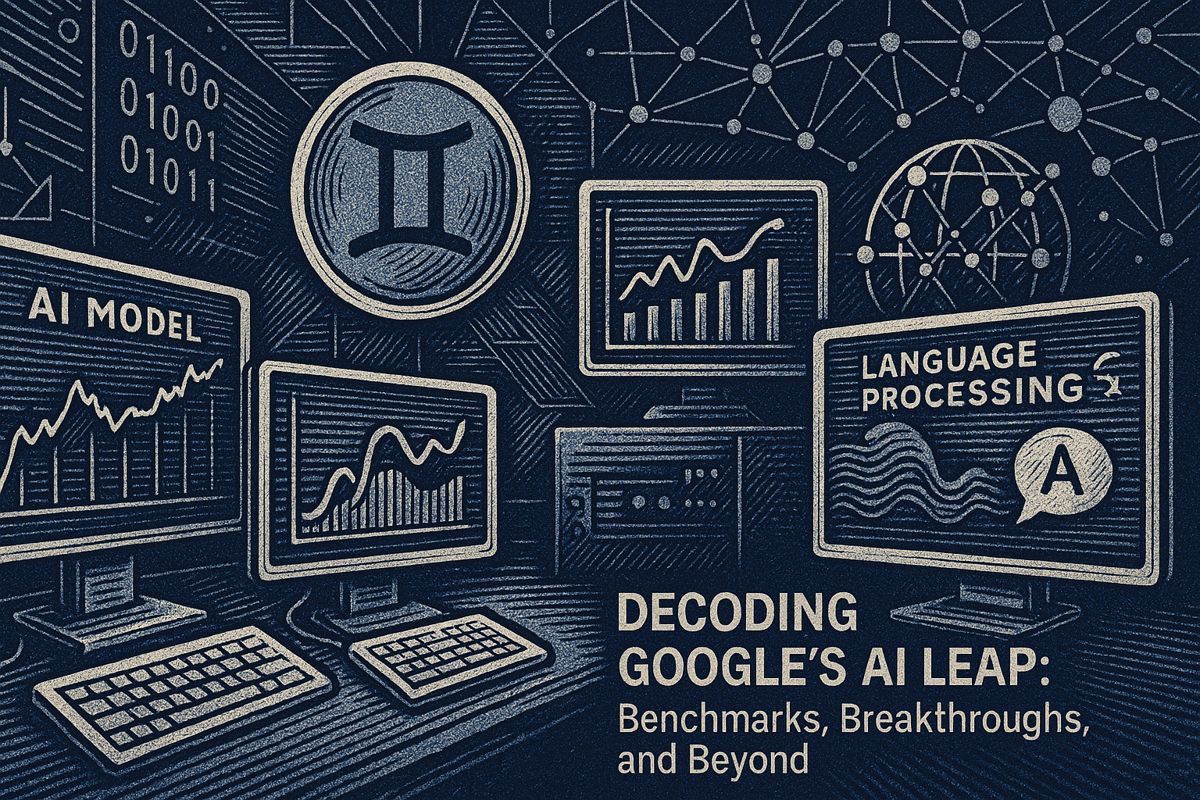By mid-2025, most companies use AI to help write computer code, with AI creating up to 95% of code in some teams. Developers now spend more time giving instructions to AI and checking its work, while new jobs like prompt engineer and AI ethics specialist are rising fast. Security is still a big worry, as almost half of AI-written code samples fail safety checks, especially in Java. Companies that train their teams and focus on safe AI use see much faster progress and better results.
How is AI transforming code generation in enterprises in 2025?
By mid-2025, 84% of enterprises use generative AI in software development, with 60–95% of code in pilot teams created by AI. Developers now focus more on writing prompts and reviewing AI output, while new roles like prompt engineer and AI ethics specialist are rapidly growing.
In March 2025, Anthropic CEO Dario Amodei told Business Insider that AI will write 90 % of all new code within three to six months and “essentially all of it” within twelve months. Six months later the numbers look less hyperbolic and more inevitable.
Adoption snapshot, mid-2025
| Metric | June 2024 | June 2025 |
|---|---|---|
| Enterprise using generative AI in SDLC | 47 % | 84 % |
| Code share produced by AI in pilot teams | <20 % | 60–95 % |
| Median ROI payback period for AI tools | 12.7 months | 6 months |
Source: Empathy First Media (June 2025)
How code is actually being written today
- Prompt-driven engineering: Developers spend ~40 % of their time writing prompts, not code.
- Review-heavy workflow: 84 % of firms mandate human review for every AI pull request, creating a new class of prompt reviewers.
- Stack shifts: Java shows the highest security-failure rate (72 %), while Python hovers at 38 %. Veracode 2025 report
Emerging job titles (growing fastest)
| Role | YoY job-post growth |
|---|---|
| AI research scientist | +80 % |
| Machine-learning engineer | +70 % |
| Prompt engineer | +110 % |
| AI ethics specialist | +65 % |
Traditional front-end roles dropped -23 % in the same window.
Source: PwC AI Jobs Barometer 2025
Security reality check
- 45 % of AI-generated samples still fail basic security tests.
- OWASP Top 10 vulnerabilities appear in 86 % of unsafe samples.
- Java remains the riskiest language, with Python and JavaScript close behind.
What practitioners say
“The easiest part is writing code. The hard part is deciding what to write, why to write it, and whether it is necessary at all.”
– developer survey, DEV Community, Dec 2024
Budgets and tooling
- Enterprise LLM budgets grew 75 % YoY; nearly 67 % of OpenAI users already run custom fine-tuned models in production.
- Tools beyond Copilot/Replit now dominate: Cursor, custom LLM stacks, and internal model gardens.
Source: Andreessen Horowitz Enterprise Survey 2025
Bottom-line shift
Teams that treat AI coding as a process problem (governance, training, explicit security prompts) achieve 3× higher adoption and cut development cycles in half, according to DX’s 2025 best-practice guide.
What is an AI-Native Enterprise and why does it matter today?
An AI-Native Enterprise is an organization that has moved beyond simply using AI tools and has rebuilt its entire development pipeline around AI-generated code. According to mid-2025 data, over 80% of enterprises have already integrated generative AI into software development workflows, with one in four large companies (100+ engineers) running AI-written code in production [1,3]. The shift is so rapid that the average ROI timeline for AI code tools has collapsed from 12.7 months to just 6 months year-over-year [2].
How accurate is Anthropic’s forecast that AI will write 90% of code within 3-6 months?
CEO Dario Amodei’s March 2025 prediction is tracking closely with industry adoption curves. By summer 2025:
- 45% of all AI-generated samples already fail basic security tests, showing that while volume is exploding, quality control still lags [1,5].
- Java leads vulnerability rates at 72%, while Python and JavaScript follow at 38% and 43% respectively [3].
- GitHub reports 97%+ of developers use AI tools even when companies haven’t formally approved them, suggesting the 90% threshold could be reached informally before it’s officially measured [3].
Which developer roles are safest during this transition and which are at risk?
Roles at highest risk
– Mobile, frontend and data engineers – job openings dropped >20% since 2023 as AI automates boilerplate code [2].
– Entry-level coders – tech unemployment hit 5.7% in February 2025, and new CS grads face higher unemployment than peers in other fields [4].
Roles in high demand
– AI Research Scientist and Machine Learning Engineer postings grew 80% and 70% respectively [2].
– Prompt Engineer and AI Ethics Specialist are new titles with clear wage premiums [5].
How are enterprises securing AI-generated code in 2025?
Security teams have learned that “vibe coding” – generating code without explicit constraints – introduces OWASP Top-10 vulnerabilities in 86% of cases [1,5]. Best practices now include:
- Explicit security prompts built into every AI request.
- Mandatory human review for any code destined for production.
- Automated security scanning – Veracode’s 2025 report shows 45% of AI outputs fail initial scans [3].
- Model benchmarking – firms track pass-rates per language and retire under-performing models [4].
What new skills should software engineers prioritise for 2026?
The job is shifting from writing 30-40% of the code to defining what to build and why. Engineers adding these skills command higher salaries and faster promotions:
- Advanced prompting – structured prompt training delivers 60% higher productivity gains than untrained teams [4].
- Security-first design – ability to specify secure-by-design prompts.
- AI model evaluation – knowing how to benchmark and select the right model for each task [4].
- Interdisciplinary communication – bridging product, security and AI teams.
Key takeaway: the market isn’t eliminating engineers; it’s reallocating value toward those who can direct AI, secure its output, and translate business needs into technical specifications.



















